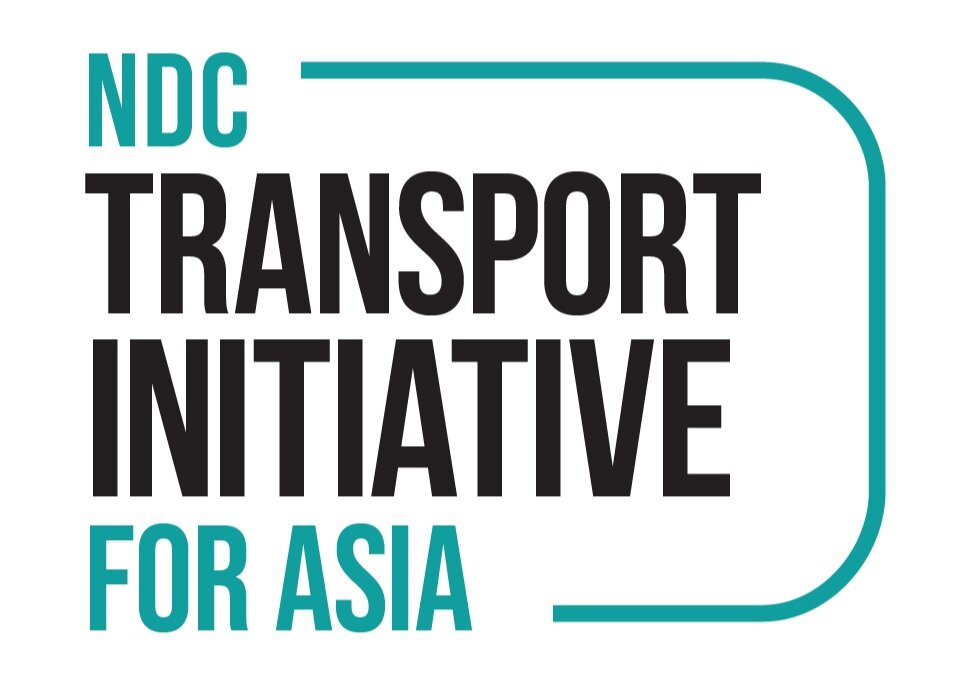EVENT RECAP: EV charging infrastructure and its Grid integration in Indian EV ecosystem
Photo by GIZ
A technical webinar was organized by GIZ and IIT Bomaby as a part of Transport and Climate Change Week 2021 of GIZ from 21 – 25 June and it is an annual event organized by GIZ on behalf of the German Federal Ministry for the Environment, Nature Conservation and Nuclear Safety (BMU). This webinar was organized on 24 June and over 200 participants attended it. The objective was to form a foundation and outline few observations from the ongoing project on the EV charging landscape and its grid integration in Global as well as Indian scenario. The potential key directions for seamless adoption of EV charging in Indian EV ecosystem were also discussed.
Prof. Rangan Banerjee, HoD, Department of Energy Science and Engineering, IIT Bombay, emphasized the need for adequate attention towards electric vehicles and charging infrastructure to enable the transition towards electric mobility in Transport sector. Mr. Madhav Sharma, Young Professional, NITI Aayog, conveyed the message that directly emulating global practices for charging infrastructure would not work since India has its own requirements and challenges, which, unless solved, cannot be adopted in India. He also informed the audience that the Government of India was working on developing low cost chargers to accelerate the EV adoption and the standards for these chargers would be released soon. NITI Aayog is actively involved in the NDC-TIA India component and it has been providing valuable feedback for the reports to be released under this project.
There were four presentations made in this webinar and the first one was by Prof. Pablo Frias, IIT Comillas, Spain, on the experience of international countries on installation of EV chargers. He presented the status quo for some of the leading countries and then concluded that fast chargers were indeed dominant and there is a rise in installation of super-fast chargers in those countries. Prof. Quwei Wu, DTU, Denmark, presented the international experience on EV integration and highlighted that the integration of EV load will have significant impact on local distribution systems. Therefore, mechanisms such as smart charging, time-based tariff, Vehicle-to Grid systems need to be developed to manage EV charging as well as make it attractive to the consumers.
Ms. Swetha Bagwat, FSR-Global, gave an overview of the policies and regulations at the central-level to support charging infrastructure and also key highlights of state EV policies. The key observations included the need to support charging infrastructure development and necessary grid upgrades by constructing more high-tension lines and supporting infrastructure, active participation of DISCOMS for upgrading their network and more. Prof. Zakir H. Rather, IIT Bombay, presented the EV integration and gap analysis in Indian EV ecosystem where he pointed out that most of the distribution system in some of the cities has less margin to accommodate more EV charging load. Technical regulations, standards and protocols for communication of EV chargers are essential in keeping up with the futuristic scenarios, where DISCOMS could avail support services and manage the load of EV smart charging, as is being put forward in different countries through adequate policy measures.
In the panel discussion, moderated by Prof. Zakir Rather, five eminent panelists participated: Mr. Pankaj Batra (Project Director, SARI/EI program in IRADe), Mr. Awadesh Jha (Vice President, FORTUM Charge and Drive India Pvt. Ltd.), Dr. G. Ganesh Das (Head, Strategy, Business Excellence &. Collaborations, Tata Power – DDL), Prof Pablo Frias (IIT Comillas, Spain) and Prof. Martin Braun (Fraunhofer IEE & University of Kassel, Germany). The grid codes for EV chargers should be developed so that the EV charging infrastructure may be used for grid support services. Vertical integration of strategies from the top, which includes the Central government, to the bottom which includes the local municipal bodies for EV infrastructure development, is necessary. The increase in renewable energy in India along with EVs will have a good synergy as more intermittent generation can be integrated with the grid by managing the EV charging. It is crucial to monitor and control the EV charging load for better grid integration of EV charging infrastructure.
Under the NDC-TIA India Component, we have an ongoing project “Integration of Electric Vehicles charging infrastructure with distribution grid: Global review, India’s gap analyses and way forward” which is focused on conducting Indian and International review on overall environment related to EV charging. This project is carried out by consortium led by IIT Bombay along with Florence School of Regulation (FSR), Technical University Denmark (DTU), Cardiff University and Universidad Pontificia Comillas. Under this project we have covered: Fundamentals of Electric Vehicle Charging Technology and its Grid Integration; the Global review and Status Quo of Electric Vehicle Charging Infrastructure and Grid Integration in India; Gap analysis and Recommendations for EV integration in India. A few reports from this project would be released through webinars in the upcoming months and this webinar was the first in that series.
The recording of the webinar can be accessed here.
Author: Sahana L

